Natural Language Processing Tools and Libraries
Natural language processing helps us to understand the text receive valuable insights. NLP tools give us a better understanding of how the language may work in specific situations. Moreover, people also use it for different business purposes. Such proposes might include data analytics, user interface optimization, and value proposition. But, it was not always this way.
The absence of natural language processing tools impeded the development of technologies. In the late 90s, things had changed. Various custom text analytics and generative NLP software began to show their potential.
Now the market is flooded with different natural language processing tools.
Still, with such variety, it is difficult to choose the open-source NLP tool for your future project.
In this article, we will look at the most popular NLP processing tools, their features, and use cases.
Let’s start
8 Best NLP tools and libraries
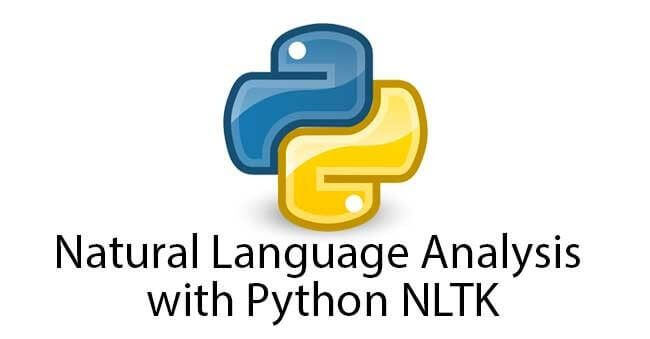
1. NLTK – entry-level open-source NLP Tool
Natural Language Toolkit (AKA NLTK) is an open-source software powered with Python NLP. From this point, the NLTK library is a standard NLP tool developed for research and education.
NLTK provides users with a basic set of tools for text-related operations. It is a good starting point for beginners in Natural Language Processing.
Natural Language Toolkit features include:
- Text classification
- Part-of-speech tagging
- Entity extraction
- Tokenization
- Parsing
- Stemming
- Semantic reasoning
NLTK interface includes text corpora and lexical resources.
They include:
- Penn Treebank Corpus
- Open Multilingual Wordnet
- Problem Report Corpus
- and Lin’s Dependency Thesaurus
Such technology allows extracting many insights, including customer activities, opinions, and feedback.
Natural Language Toolkit is useful for simple text analysis. But, if you need to work on a massive amount of data, try something else. Why? Because in this case, Natural Language Toolkit requires significant resources.
Do you want to know more about the NLTK application?
Check Out MSP Case Study: How Semantic Search Can Improve Customer Support
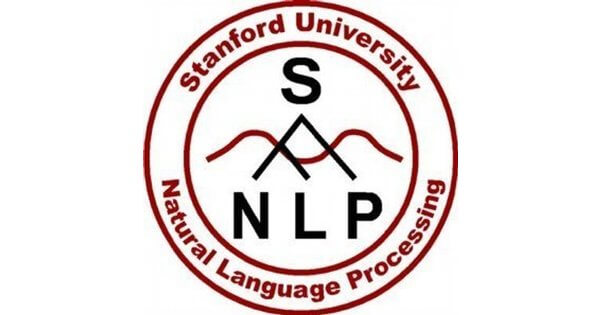
2. Stanford Core NLP – Data Analysis, Sentiment Analysis, Conversational UI
We can say that the Stanford NLP library is a multi-purpose tool for text analysis. Like NLTK, Stanford CoreNLP provides many different natural language processing software. But if you need more, you can use custom modules.
The main advantage of Stanford NLP tools is scalability. Unlike NLTK, Stanford Core NLP is a perfect choice for processing large amounts of data and performing complex operations.
With its high scalability, Stanford CoreNLP is an excellent choice for:
- information scraping from open sources (social media, user-generated reviews)
- sentiment analysis (social media, customer support)
- conversational interfaces(chatbots)
- text processing, and generation(customer support, e-commerce)
This tool can extract all sorts of information. It has smooth named-entity recognition and easy mark up of terms and phrases.
Get Your Specific NLP Task Completed within 24 Hours
Get to Know
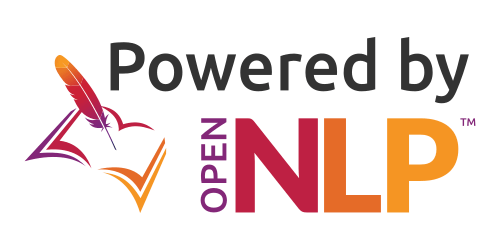
3. Apache OpenNLP – Data Analysis and Sentiment Analysis
Accessibility is essential when you need a tool for long-term use, which is challenging in the realm of Natural Language Processing open-source tools. Because while being powered with the right features, it could be too complex to use.
Apache OpenNLP is an open-source library for those who prefer practicality and accessibility. Like Stanford CoreNLP, it uses Java NLP libraries with Python decorators.
While NLTK and Stanford CoreNLP are state-of-the-art libraries with tons of additions, OpenNLP is a simple yet useful tool. Besides, you can configure OpenNLP in the way you need and get rid of unnecessary features.
Apache OpenLP is the right choice for:
- Named Entity Recognition
- Sentence Detection
- POS tagging
- Tokenization
You can use OpenNLP for all sorts of text data analysis and sentiment analysis operations. It is also perfect in preparing text corpora for generators and conversational interfaces.
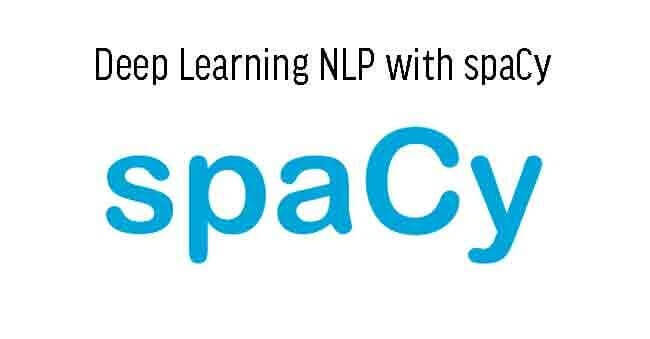
4. SpaCy – Data Extraction, Data Analysis, Sentiment Analysis, Text Summarization
SpaCy is the next step of the NLTK evolution. NLTK is clumsy and slow when it comes to more complex business applications. At the same time, SpaCy provides users with a smoother, faster, and efficient experience.
SpaCy, an open-source NLP library, is a perfect match for comparing customer profiles, product profiles, or text documents.
SpaCy is good at syntactic analysis, which is handy for aspect-based sentiment analysis and conversational user interface optimization. SpaCy is also an excellent choice for named-entity recognition. You can use SpaCy for business insights and market research.
Another SpaCy advantage is word vector usage. Unlike OpenNLP and CoreNLP, SpaCy works with word2vec and doc2vec.
Discover More About Word2vec in our Award-Winning Case Study: AI Versus – TV RAIN
Still, the main advantage of SpaCy over the other NLP tools is its API. Unlike Stanford CoreNLP and Apache OpenNLP, SpaCy got all functions combined at once, so you don’t need to select modules on your own. You create your frameworks from ready building blocks.
SpaCy is also useful in deep text analytics and sentiment analysis.
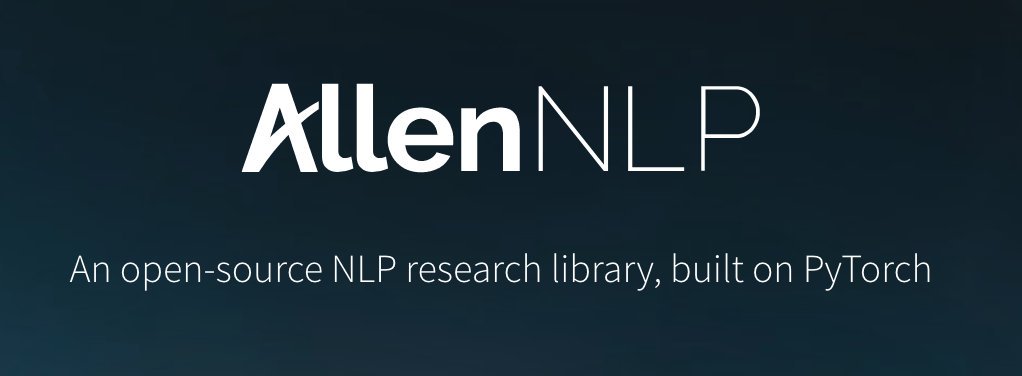
5. AllenNLP – Text Analysis, Sentiment Analysis
Built on PyTorch tools & libraries, AllenNLP is perfect for data research and business applications. It evolves into a full-fledged tool for all sorts of text analysis. This way, it is one of the more advanced Natural Language Processing tools on this list.
AllenNLP uses SpaCy open-source library for data preprocessing while handling the rest processes on its own. The main feature of AllenNLP is that it is simple to use. Unlike other NLP tools that have many modules, AllenNLP makes the natural language process simple. So you never feel lost in the output results. It is an excellent tool for inexperienced users.
The machine comprehension model provides you with resources to make an advanced conversational interface. You can use it for customer support as well as lead generation via website chat.
So, the textual entailment model guarantees smooth and comprehensible text generation. You can use it for both multi-source text summarization and simple user-bot interaction.
The most exciting model of AllenNLP is Event2Mind. With this tool, you can explore user intent and reaction, which are essential for product or service promotion.
Omit, AllenNLP is suitable for both simple and complex tasks. AllenNLP performs specific duties with predicted results and enough space for experiments.
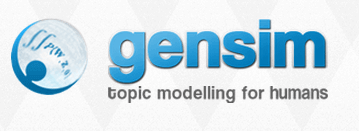
6. GenSim – Document Analysis, Semantic Search, Data Exploration
Sometimes you need to extract particular information to discover business insights. GenSim is the perfect tool for such things. It is an open-source NLP library designed for document exploration and topic modeling. It would help you to navigate the various databases and documents.
The key GenSim feature is word vectors. It sees the content of the documents as sequences of vectors and clusters. And then, GenSim classifies them.
GenSim is also resource-saving when it comes to dealing with a large amount of data.
The main GenSim use cases are:
- Data analysis
- Semantic search applications
- Text generation applications (chatbot, service customization, text summarization, etc.)
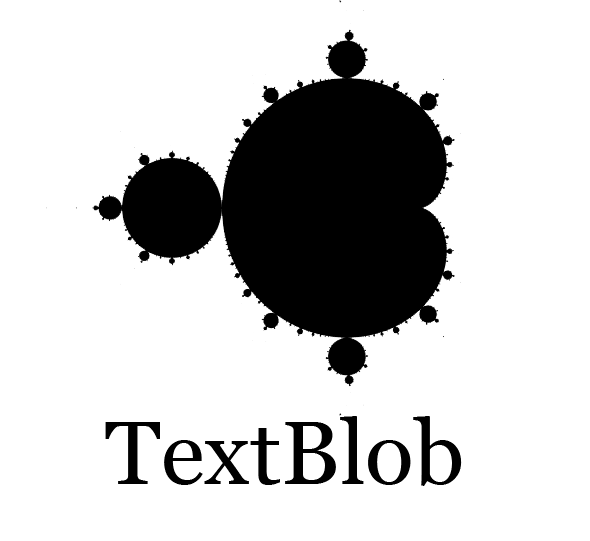
7. TextBlob Library – Conversational UI, Sentiment Analysis
TextBlob is the fastest natural language processing tool. TextBlob is an open-source NLP tool powered by NLTK. It could be enhanced with extra features for more in-depth text analysis.
You can use TextBlob sentiment analysis for customer engagement via conversational interfaces. Besides, you can build a model with the verbal skills of a broker from Wall Street.
Another TextBlob notable feature is machine translation. Content localization has become trendy and useful. For that, it would be great to have your website/application localized in an automated manner. Using TextBlob, you can optimize the automatic translation using its language text corpora.
TextBlob also provides tools for sentiment analysis, event extraction, and intent analysis features. TextBlob has different flexible models for sentiment analysis. Thus, you can build entire timelines of sentiments and look at things in progress.

8. Intel NLP Architect – Data Exploration, Conversational UI3
Intel NLP Architect is the newer application in this list. Intel NLP Architect uses Python library for deep learning using recurrent neural networks. You can use it for:
- text generation and summarization
- aspect-based sentiment analysis
- and conversational interfaces such as chatbots
One of its most exciting features is Machine Reading Comprehension. NLP Architect applies a multi-layered approach by using many permutations and generated text transfigurations. In other words, it makes the output capable of adapting the style and presentation to the appropriate text state based on the input data. You can use it for more personalized services.
The other great feature of Architect NLP is Term Set Expansion. This set of NLP tools fills in the gap of data based on its semantic features. Let’s look at an example.
When making research on virtual assistants, your initial input would be “Siri” or “Cortana.” Term Set Expansion (TSE) adds the other relevant options as “Amazon Echo.” In more complex cases, TSE is capable of scraping bits and pieces of information based on longer queries.
NLP Architect is the most advanced tool being one step further, getting deeper into the sets of text data for more business insights.
You might also like Guide to machine learning applications: 7 major fields.
How to make your IT project secured?
Download Secure Coding Guide
Choosing a Particular NLP Library
Natural Language Processing tools are all about analyzing text data and receiving useful business insights out of it.
But it is hard to find the best NLP library for your future project. This way, to make the right decision, you should be aware of the alternatives. Also, you should choose your next NLP tool according to its use case. There is no reason to take a state-of-the-art library when you need to wrangle the text corpus and clean it from all data noise.
If you want to receive a consultation on Natural Language Processing, fill in the contact form, and we will get in touch.
Want to receive reading suggestions once a month?
Subscribe to our newsletters